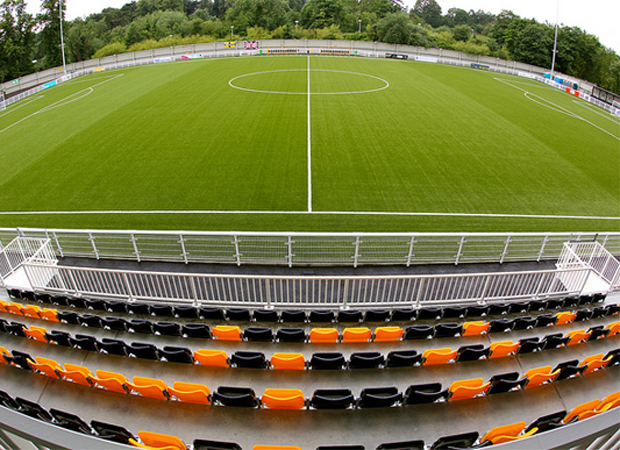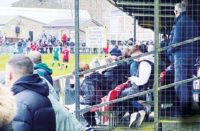Modern football is as much a science as a sport, and the emphasis nowadays on state of the art training facilities reflects this. Certainly, at Premier League level, little is left to chance, and players must be kept in peak physical condition to remain competitive.
Achieving and maintaining this level of physical and technical excellence requires huge financial investment however. As you go further down the leagues it is apparent that those teams that are struggling are those that don't have the money to support the kind of training facilities that the big clubs enjoy. For Non-League clubs, even keeping the most basic facilities available and in good repair presents ongoing difficulties.
Attracting the best players
For the Premier League clubs, modern multi-million pound training facilities serve several purposes. Not only do they keep existing players match fit, but they also help attract and retain the best players from around the world. Thirdly, these clubs recognise the importance of spotting young talent from the age of five upwards, and of nurturing and correctly training these youthful players in the hope that the best will eventually bolster the first team.
World-class facilities
Leicester City's improved training facilities were widely thought to have been a major contributing factor to their shock Premier League win last year. Arsenal recently made substantial additions to their already world-class facilities at London Colney in Hertfordshire, adding running tracks, a spa, and improved visitor and media centres to the 143-acre site, which already boasts ten full-size pitches with undersoil draining.
Tottenham Hotspur continue to improve on their new state of the art training centre in Enfield, while Manchester United's Aon Training Complex replaced The Cliff in 2000, and is only rivalled, and arguably surpassed, by Manchester City's £200m City Football Academy, considered by many to be the best football club training centre in the world.
Ongoing struggle
Away from the big leagues however, the picture is very different. Hydrotherapy rooms, dedicated medical facilities, and sports science rooms are the stuff of dreams for most small clubs when just finding an all-weather pitch to train on through the winter months is a continual headache.
There are just 788 FA/FIFA approved 3g pitches in England, and although the FA plan to bring that number to over 1000 by 2020, that's still small fry compared to the 4000 such pitches in Germany. Hiring existing facilities can cost up to £50 per hour, a major expense for many clubs, and even these are so scarce that it's rare for them to be available at peak times such as 6pm, when amateur players finish work.
Changing rooms
One area where Non-League clubs can make improvements is in their changing rooms. Here just ordinary care and maintenance can have a profound effect. Keeping the club dressing rooms clean, comfortable, and well-maintained can make a dramatic difference to morale and to both physical and psychological well-being. Consider dehumidifier hire or installation to reduce moisture from nearby showers, damp kit, sweat, and so on, and in turn reducing the risk of mould and condensation.
Food and water
Working, high quality showers and other washing facilities are essential, and should be kept clean and regularly maintained. It's also important to give players access to drinking water and a supply of nutritious snack food and/or sports drinks. These small touches can really make a difference to the feel of your facilities.
Pitch maintenance
Out on the pitch, decent floodlighting can be installed without too much expense. If permanent floodlights are impractical, consider hiring a suitable lighting solution when needed. Good drainage will stop the pitch from becoming waterlogged and unusable in the winter months, and organising volunteers to dig ditches can help reduce costs. A club might also consider working with the local council to help support the upkeep of park facilities in return for guaranteed use of the ground for training purposes.
Video analysis
Another area where Non-League clubs can modernise is in the use of video for pre and post-match analysis. Chances are you're never far from a technical boffin who can put together training videos on his home computer, and these can be much more engaging and effective than the traditional whiteboard approach. Real clips of your opponents in action can also help players get a real sense of their strengths and weaknesses, allowing them to put agreed tactics into action more readily.
There's obviously no substitute for money or good fortune, and there's only so much a beleaguered club can do on a tight budget. Nevertheless, investing time and energy into modernising existing training facilities can only be a good thing that will reap enormous benefits in the future.






















Talking of top class facilities , Roy Hodgson was on hand to celebrate the completion of Arbour Vale, Slough Town’s new ground this week.I have already signed up for a season ticket.